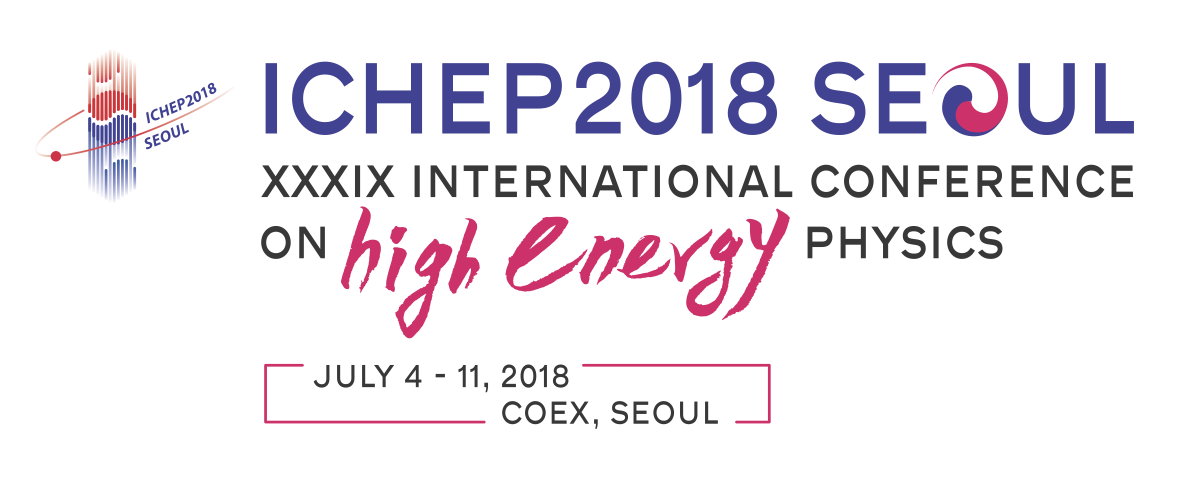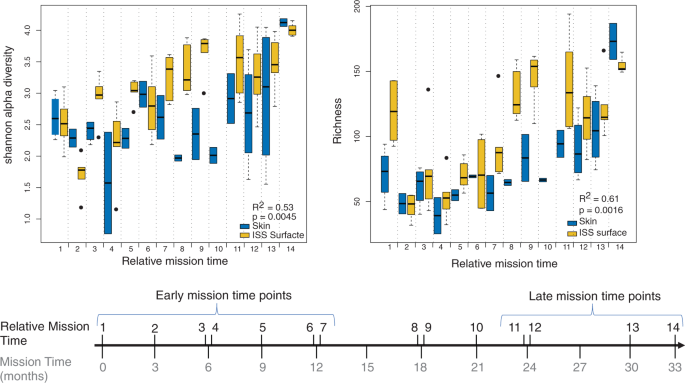

For example, REEs are used as a cofactor in alcohol dehydrogenases in diverse microbial taxa 17, 18, and they were shown to be essential for the survival of an acidophilic methanotroph in a volcanic mudpot 19. Microorganisms are known to be able to mobilise REEs. Some REEs are identified as short-term near-critical elements 16, meaning that the demand will soon outstrip supply. On account of their physical properties, including ferromagnetism and luminescence, REEs are used in electronic devices such as cell phones and computer screens, as well as in catalysis, metal alloy and magnet production, and many other high-technology applications. Of important economic and practical interest are rare earth elements (REEs), which include the lanthanides, scandium and yttrium. Alternatively, leaching and sequestration of elements can occur as a consequence of the release of complexing compounds 11– 15. These organisms can enable leaching by changing the local pH in the environment, for example by the release of protons or organic acids. Acidophilic iron and sulfur-oxidisers are often used to biomine economic elements from sulfidic ores, but heterotrophic microorganisms, including bacteria and fungi, can be effective in bioleaching in environments with circumneutral or alkaline pH. These microbial interactions with minerals are also used to decontaminate polluted soils, in a process called bioremediation 10. This process can in some circumstances reduce the environmentally damaging use of toxic compounds such as cyanides 9, 10. Microorganisms can catalyse the extraction of valuable elements from rocks, such as copper and gold 7, 8. Microorganisms are also used in diverse industrial and manufacturing processes 1– 4, for example in the process called biomining (or bioleaching) 5, 6. On Earth, microorganisms play prominent roles in natural processes such as the weathering of rocks into soils and the cycling of elements in the biosphere. These data demonstrate the potential for space biomining and the principles of a reactor to advance human industry and mining beyond Earth. Bacillus subtilis exhibited a reduction in bioleaching efficacy and Cupriavidus metallidurans showed no difference compared to non-biological controls, showing the microbial specificity of the process, as on Earth.

No significant difference in final yields was observed between gravity conditions, showing the efficacy of the process under different gravity regimens. Sphingomonas desiccabilis enhanced mean leached concentrations of REEs compared to non-biological controls in all gravity conditions. We carried out a mining experiment on the International Space Station to test hypotheses on the bioleaching of REEs from basaltic rock in microgravity and simulated Mars and Earth gravities using three microorganisms and a purposely designed biomining reactor. J-STD-001 is developed in synergy with IPC-A-610 and is supported by IPC-HDBK-001 for those wanting additional information and explanation on the requirements.Microorganisms are employed to mine economically important elements from rocks, including the rare earth elements (REEs), used in electronic industries and alloy production.


This is a must-have for those in the electronics industry with an interest in the process and acceptance criteria for electrical and electronic assemblies. Updated with participants from 18 countries providing input and expertise, this document brings the latest criteria along with new graphics to the industry for ease of use and comprehension. J-STD-001 is recognized globally for its criteria on soldering processes and materials.


 0 kommentar(er)
0 kommentar(er)
